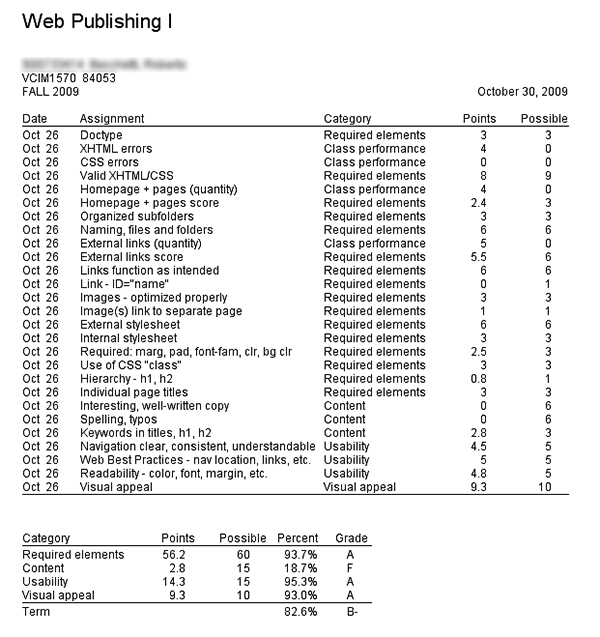

Adopting the four strategies we discussed earlier would be helpful to combat this bias.Īll in all, you must put extra effort into truly valuing all the good and positive aspects of your life. Most of these observations will be as simple as ‘the sun is shining’ or ‘this coffee tastes good,’ but do this a handful of times each day and you’ll feel an emotional shift.” -Rick Hanson, Ph.D., neuropsychologist.Īt the end of a school day, if teachers pivot on a singular instance that did not go so well compared with the many events that did go well, they are exhibiting negativity bias. When you notice a positive detail in yourself or someone else, or your environment, try savoring it for at least ten seconds. So while we can’t ignore bad news, we can train our brains to become more alert to good information.

This means that new patterns of thought can change the physiology of our brains. There’s an expression in neuroscience: Neurons that fire together wire together. Reassurance is also a crucial aspect of following through with this strategy.

Any little steps to help solve the problem. By understanding first, they can help students to be proactive and lead them to be unstuck. Students can be afraid their feelings will be brushed off. It is important that teachers try to avert these thoughts whenever possible. They are so absorbed in the situation and may feel they have no control over their worries. Often times it is not intentional and people who do it don’t realize they’re doing it. It’s easy to dismiss catastrophizing as over-exaggeration, but it’s not as simple as it seems. They might conclude that this means they’ll never be financially stable and will become a disappointment to the family. From there, they will start to think that failing an exam means they’re a bad student and bound to never pass, finish school, get a degree, or find a job. For example, a student might be worried that they will fail an exam. It often involves thinking and believing that you’re in a worse situation than you really are or “exaggerating” the difficulties you face. Preventing CatastrophizingĬatastrophizing is when an individual assumes that the worst will happen. If you are adopting positive reframing in the situation, you would think things like, “I need to be sure to check the weather forecast next time.” different from selective focus where you are actively thinking of ways to still carry on with the picnic but an alternative indoor venue. Instead of focusing on the unfortunate event, shift the focus to thinking about ways to improve the situation.įor instance, the class organized a picnic but suddenly it started raining heavily. Selective focus is when you still have the chance to turn the ship around and make things better. Like not winning in a contest or getting bad grades on a past test. This may sound similar to Positive Reframing but that is when you can’t change the incident. Instead of focusing on the bad, teach students to focus primarily on thoughts and events that lead to action-oriented solutions. As the saying goes, every cloud has a silver lining. You can reframe any failure or unpleasant event as a positive. Seize the opportunity by promoting the perspective that they did well in the other subjects and participating in the competition is actually great preparation for better future performance. A student who received bad grades for a certain subject or did not win a recent competition may feel let down. Teachers can challenge students to seek positive ways of evaluating an event. Promoting optimism includes encouraging positive self-talk, encouraging your students to try out something new, teaching them to help others and appreciate them, and seeking joy even if they feel they can’t find it. You and your fellow teachers can do this. Promoting realistic optimism in the classroom helps them to have positive role models. Helping your students to be optimistic helps them to conquer obstacles and face any challenges in the future. Now that schools have been operating normally again, it is more important now than ever for school leaders to ensure the welfare of their students. Schools have been under enormous pressure to ensure that education for the students had as little disruption as possible when the Covid-19 outbreak began. Sometimes we can’t help but focus on the negative even when they are insignificant compared to other positive instances. Why don’t we focus on having optimism? You are not alone, it’s our nature to fixate on bad news, a phenomenon known to psychologists as negativity bias. As human beings, we tend to give more importance to negative experiences than to positive or neutral experiences.


 0 kommentar(er)
0 kommentar(er)
